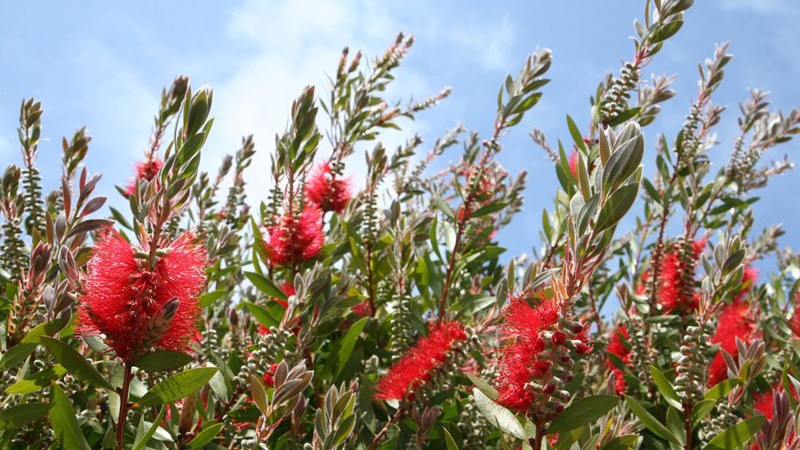
Tend your garden now for spring planting

 It’s time to prepare our garden and landscapes for the growing season.
It’s time to prepare our garden and landscapes for the growing season.
That means weed eradication, fruit tree spaying, soil amending, landscape installations, fertilizing, and perennial and ornamental pruning.
Weeds are always the most prolific plants in the garden during the late days of winter. A mix of sunshine and rain is a great combination to wake up last year’s weed seeds. At my home and nursery, we prefer pulling and hula hoeing. Get out in the landscape often, before the small weeds become a huge problem.
Herbicides are also available for weed control. Please read package directions and follow all safety recommendations. BurnOut by Bonide is widely available and has proven effective for killing weeds naturally. Keep in mind that thick layers of mulch are a deterrent for weed growth.
Stone fruits such as peaches and nectarines should have their last application of copper fungicide spray soon. The final spray needs to be done while trees are in full bud. Once the buds open to flower, your application period has passed.
Spray apple trees with a dormant insecticidal spray mostly for the control of the coddling moth larvae, which is that pesky worm that can get into apples. Apply when the flower petals have begun to fall to the ground.
You need to amend the soil before plant installations. Vegetable gardens and raised beds need a replenishment of the nutrients they used up doing last year’s growth.
Compost
Mixing amendments gives the best results. For raised beds, consider mixing a high-quality compost with potting soil and a sandy loam type topsoil. The compost is necessary for nutrients, the potting soil for water retention and the sandy loam topsoil to help build volume. You will need to use more compost and potting soil than the topsoil.
Flowering beds of ornamentals, roses and perennials should have a layer of compost rich in nitrogen worked beneath the plants.
Cool weather is the best time to install plants like lavender, Coleonema, callistemon, California native plants and many of the popular Australian plants.
We wait until now to prune summer-blooming perennials and shrubs. Salvia, penstemon, yarrow, leonotis, plumbago, lantana, ornamental grasses and butterfly bushes should be pruned hard. Hot lips Salvia, for example, should be pruned back nearly to the ground. After pruning, apply multi-purpose fertilizer and water in.
Between the days of rain, apply fertilizer to your landscape. Feed bushes, roses, perennials and vines with a multi-purpose formula. We prefer 16-16-16. If you go organic, use a 5-5-5. Notice that each formula is a balance of nitrogen, phosphorus and potassium. Acid-loving plants such as azaleas, camellias and rhododendrons need to be fed with 0-10-10. Fertilize gardenias with granular acid. Wait until next month to fertilize hydrangeas.
There is so much to do as we prepare for spring.
Nicole is the Garden Girl at R&M Pool, Patio, Gifts and Garden. You can contact her with questions or comments by email at gardengirl94517@yahoo.com
